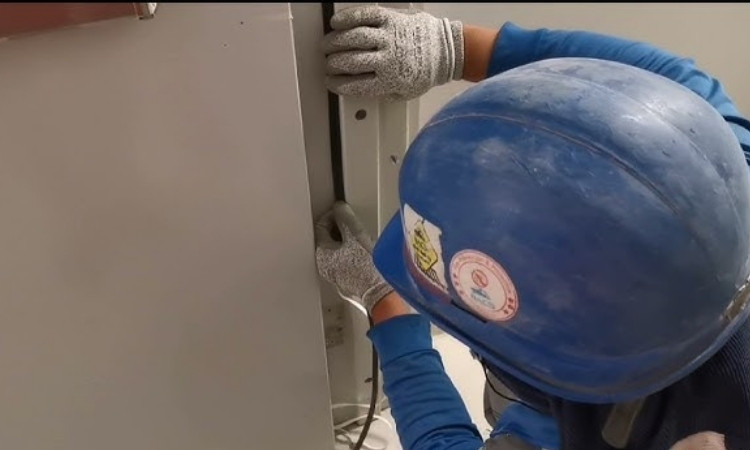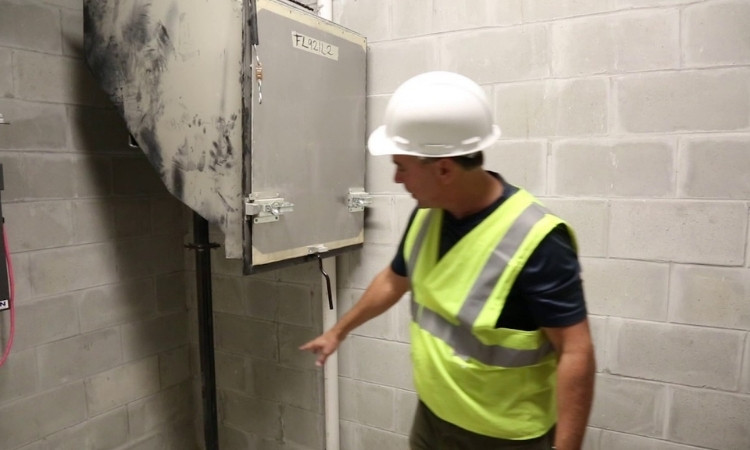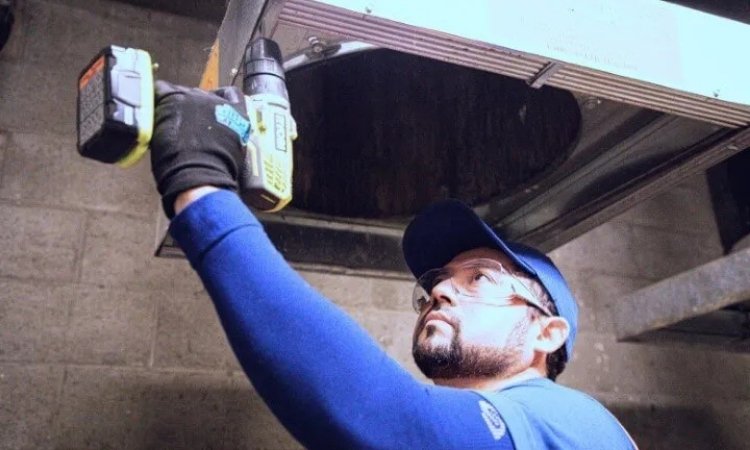If you manage a building or commercial property in Singapore, chances are you will eventually encounter the need to repair a commercial rubbish chute. These chutes are a silent workhorse of everyday operations—reliably carrying away waste behind the scenes. But when problems arise, they can quickly escalate into health hazards, safety risks, and costly repairs if not handled properly.
In this guide, we’ll walk through how to repair a commercial rubbish chute step-by-step, why timely repairs are critical, and what you should know before calling in the experts. Whether you’re dealing with minor jams or severe corrosion, here’s everything you need to get your rubbish chute working like new again. Also, Affordable Rubbish Chute Singapore specializes in rubbish chute repair and replacement services in Singapore.
Why Is It Important to Repair a Commercial Rubbish Chute Promptly?
In Singapore, commercial buildings—from shopping malls in Orchard Road to office towers in Raffles Place—depend heavily on rubbish chutes for efficient waste management. Unfortunately, the humid, tropical environment speeds up corrosion, encourages pests, and puts extra stress on these systems.
Here’s why quick commercial rubbish chute repairs matter:
- Health and hygiene: Blocked or damaged chutes cause foul odors and attract pests like cockroaches, rats, and flies.
- Fire safety: Broken or non-fire-rated chute doors can turn into fire hazards. Singapore’s SCDF (Singapore Civil Defence Force) mandates fire-rated rubbish chutes in commercial buildings for a reason.
- Building compliance: Faulty rubbish chutes may breach Building and Construction Authority (BCA) regulations, leading to potential fines or penalties.
- Tenant satisfaction: Bad smells or pest issues can quickly damage your property’s reputation.
Neglecting to repair a commercial rubbish chute on time often ends up being far more costly than scheduling timely maintenance.

Step-by-Step Guide: How to Repair a Commercial Rubbish Chute
Managing commercial rubbish chute repair effectively requires a proper understanding of the process. Here’s a detailed step-by-step breakdown:
Step 1: Perform a Detailed Inspection
Begin by thoroughly inspecting the entire chute system. Look for:
- Rust and corrosion around door frames and panels
- Warped doors that don’t seal properly
- Loose or jammed handles
- Cracked or dented panels
- Signs of pest intrusion, such as droppings or nests
Many property managers in Singapore assume small rust patches are harmless—but in the humid climate, rust spreads fast. Early detection makes a big difference.
Step 2: Assess the Scope of Repair Needed
Every problem does not need an entire replacement. Simple maintenance problems with doors out of alignment and faulty door closures are fixable through basic repairs. However, if you find:
- Extensive rust eating through panels
- Major alignment problems
- Persistent leaks or odors then a partial replacement or full refurbishment might be necessary.
Fixing a commercial rubbish chute isn’t just about appearance—it’s about restoring functionality and safety.
Step 3: Choose Suitable Materials
When you repair a commercial rubbish chute in Singapore, material choice is critical. Always opt for:
- Stainless Steel Grade 304: Good resistance to corrosion and cost-effective
- Stainless Steel Grade 316: Superior corrosion resistance, ideal for coastal properties or high-humidity areas
Fire-rated doors are non-negotiable for commercial premises in Singapore, so be sure to select doors that comply with local fire safety standards.

Step 4: Execute the Repairs
Depending on the problems identified, repairing may involve:
- Realigning or replacing chute doors
- Rewelding corroded or broken panels
- Installing new fire-rated access doors
- Replacing rubber gaskets to improve sealing and odor control
- Adding pest prevention mesh to entry points
For example, one commercial client I worked with in Bukit Merah discovered that simple rubber seal replacements drastically reduced odors across several floors without needing full door replacements.
In more serious cases, the chute pipe itself may need to be partially replaced—this requires precision welding and professional equipment.
Step 5: Final Testing and Safety Checks
After repairs are completed, always conduct:
- Operational tests: Ensure rubbish flows smoothly without jams
- Door inspections: Check that all doors open/close correctly and seal tightly
- Odor detection tests: Confirm the absence of lingering smells
- Fire safety verification: Ensure all fire-rated doors are properly installed and functional
Some property owners even engage a third-party building inspector to certify that the chute system meets all regulations.
Signs You Need Commercial Rubbish Chute Repairs
From my experience dealing with maintenance calls across Singapore, some common warning signs include:
- Persistent bad smells even after cleaning
- Visible rust or corrosion around chute doors
- Doors that jam, sag, or won’t close properly
- Unusual noises when waste is dropped
- Increased sightings of pests like cockroaches or rodents
- Water leaks around chute areas during rainy seasons
If you notice any of these, it’s time to fix a commercial rubbish chute before minor inconveniences turn into major disasters.
Final Thoughts
Whether you’re managing a hotel in Marina Bay, an office tower in Tanjong Pagar, or a mall in Bugis, knowing how to repair a commercial rubbish chute is essential for property maintenance success. Minor issues, if caught early, can be fixed quickly and cost-effectively. However, bigger problems demand professional expertise to ensure safety, hygiene, and compliance.
A professional who specializes in commercial rubbish chute repairs in Singapore should be your first step if you feel uncertain about your starting strategy. The repair ensures both peace of mind and a massive advancement toward keeping your property efficient, clean, and secure.

